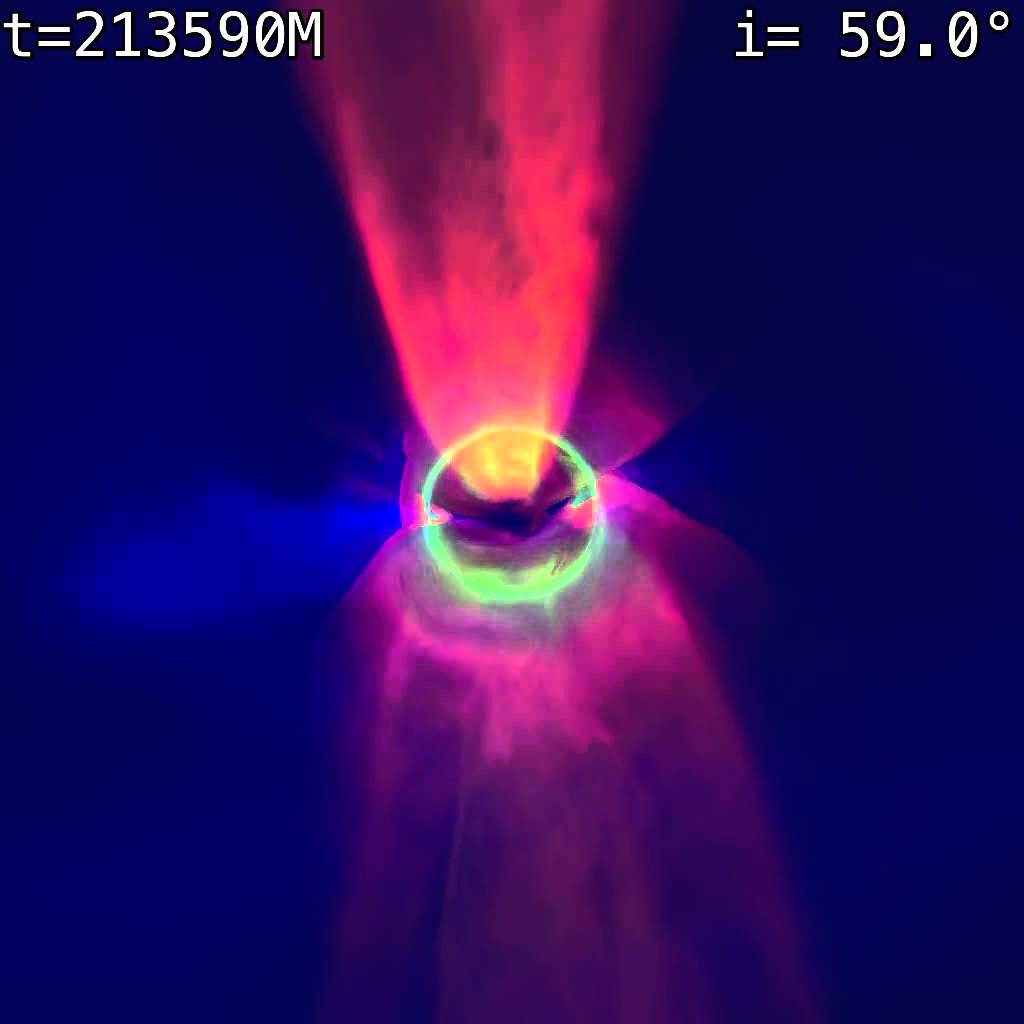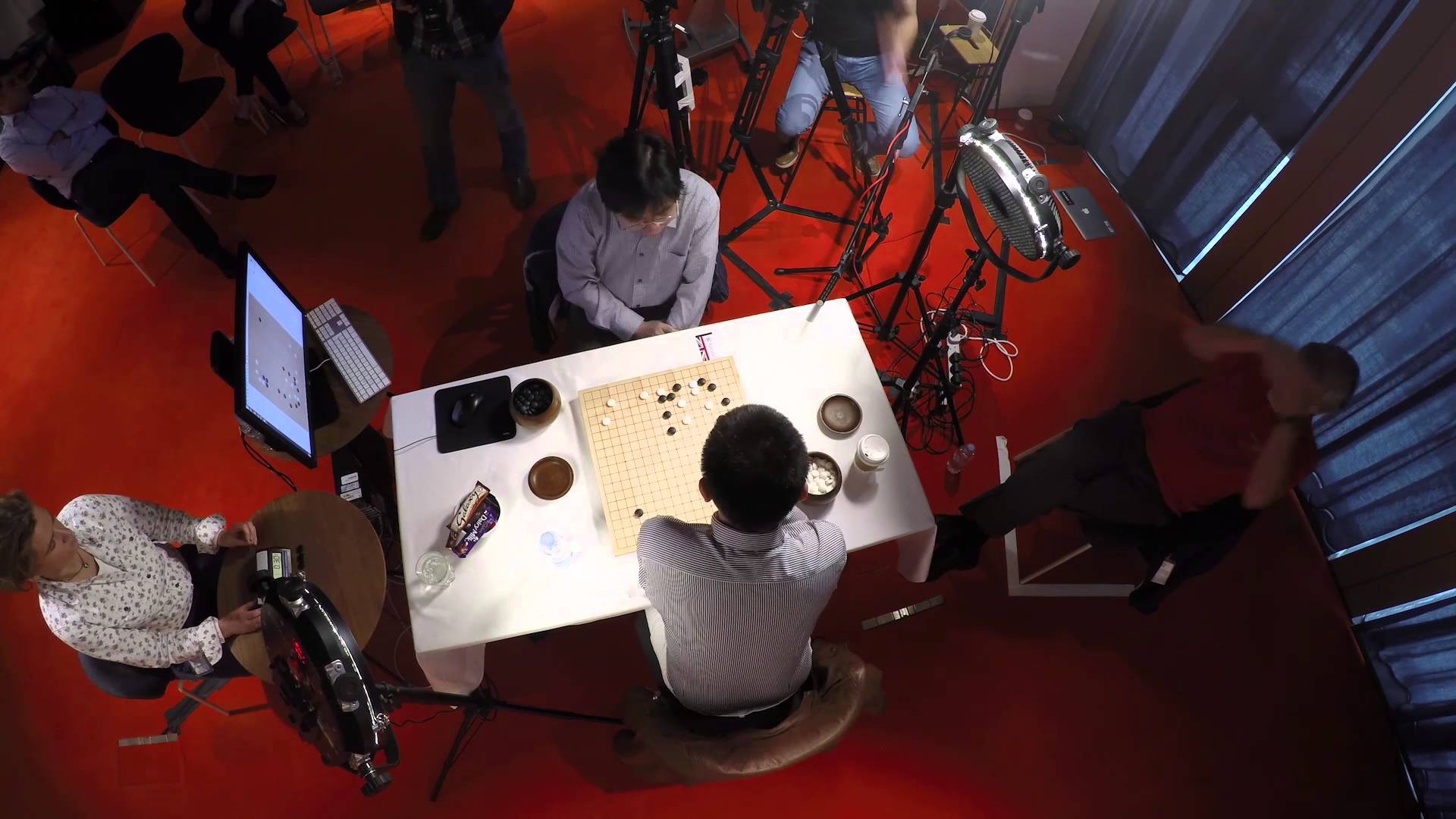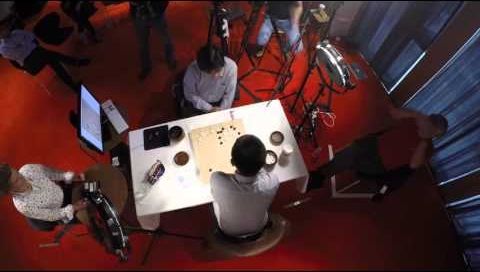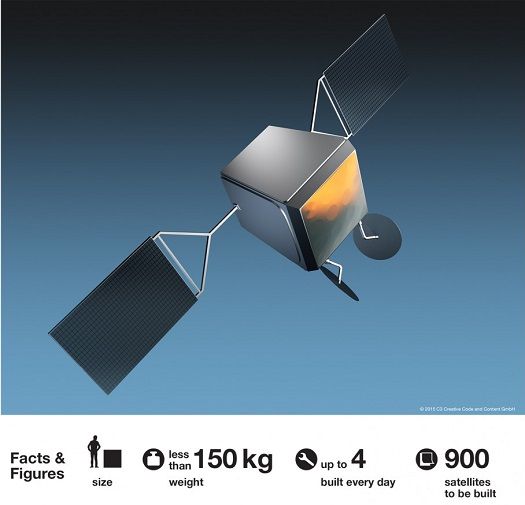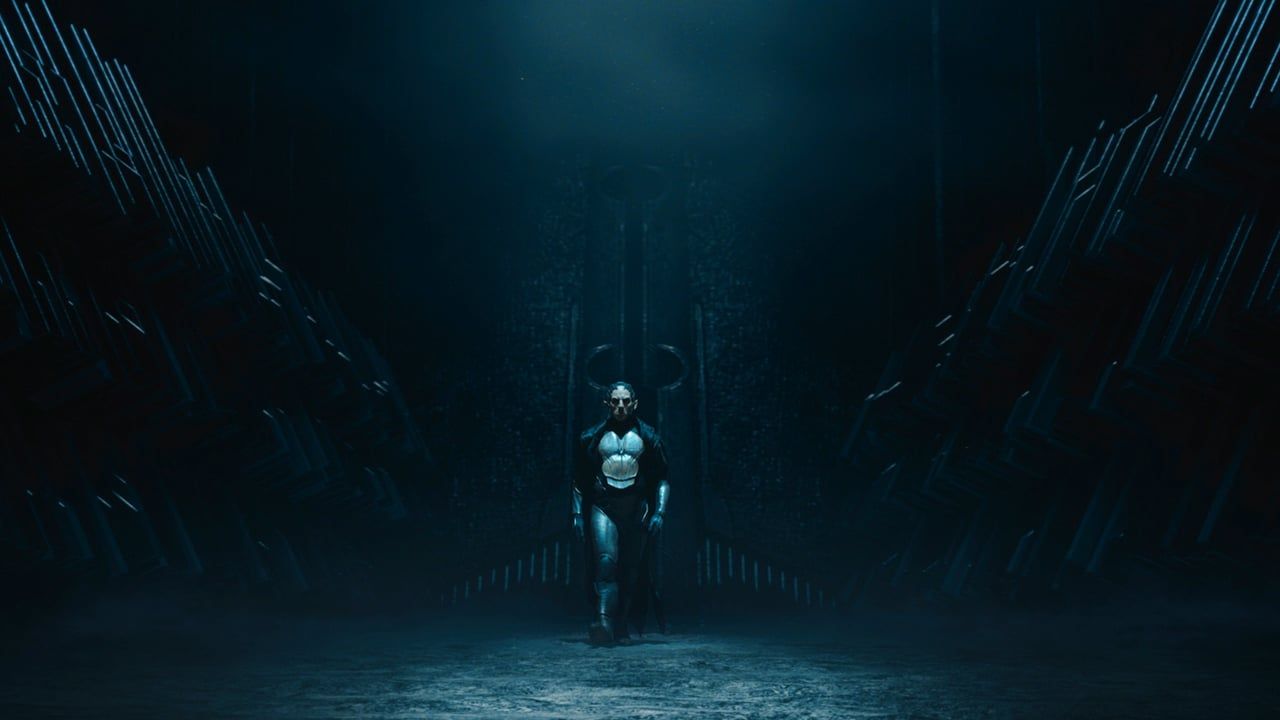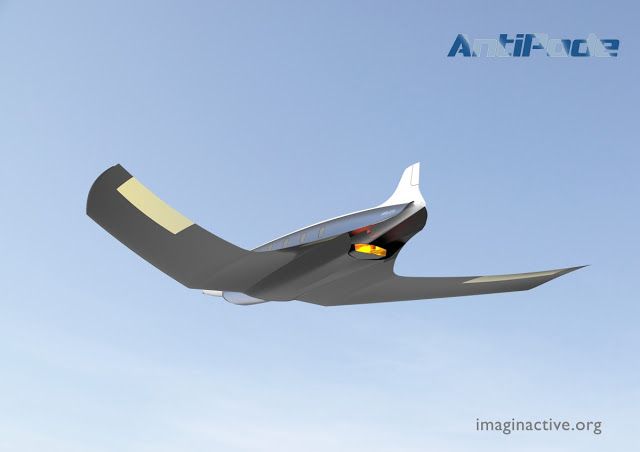When engineers at the University of California, Berkeley, say they are going to make you sweat, it is all in the name of science. Specifically, it is for a flexible sensor system that can measure metabolites and electrolytes in sweat, calibrate the data based upon skin temperature and sync the results in real time to a smartphone.
While health monitors have exploded onto the consumer electronics scene over the past decade, researchers say this device, reported in the Jan. 28 issue of the journal Nature (“Fully integrated wearable sensor arrays for multiplexed in situ perspiration analysis”), is the first fully integrated electronic system that can provide continuous, non-invasive monitoring of multiple biochemicals in sweat.
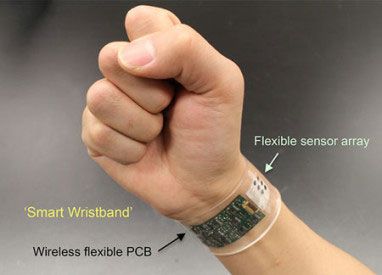
The new sensor developed at UC Berkeley can be made into smart wristbands or headbands that provide continuous, real-time analysis of the chemicals in sweat.

